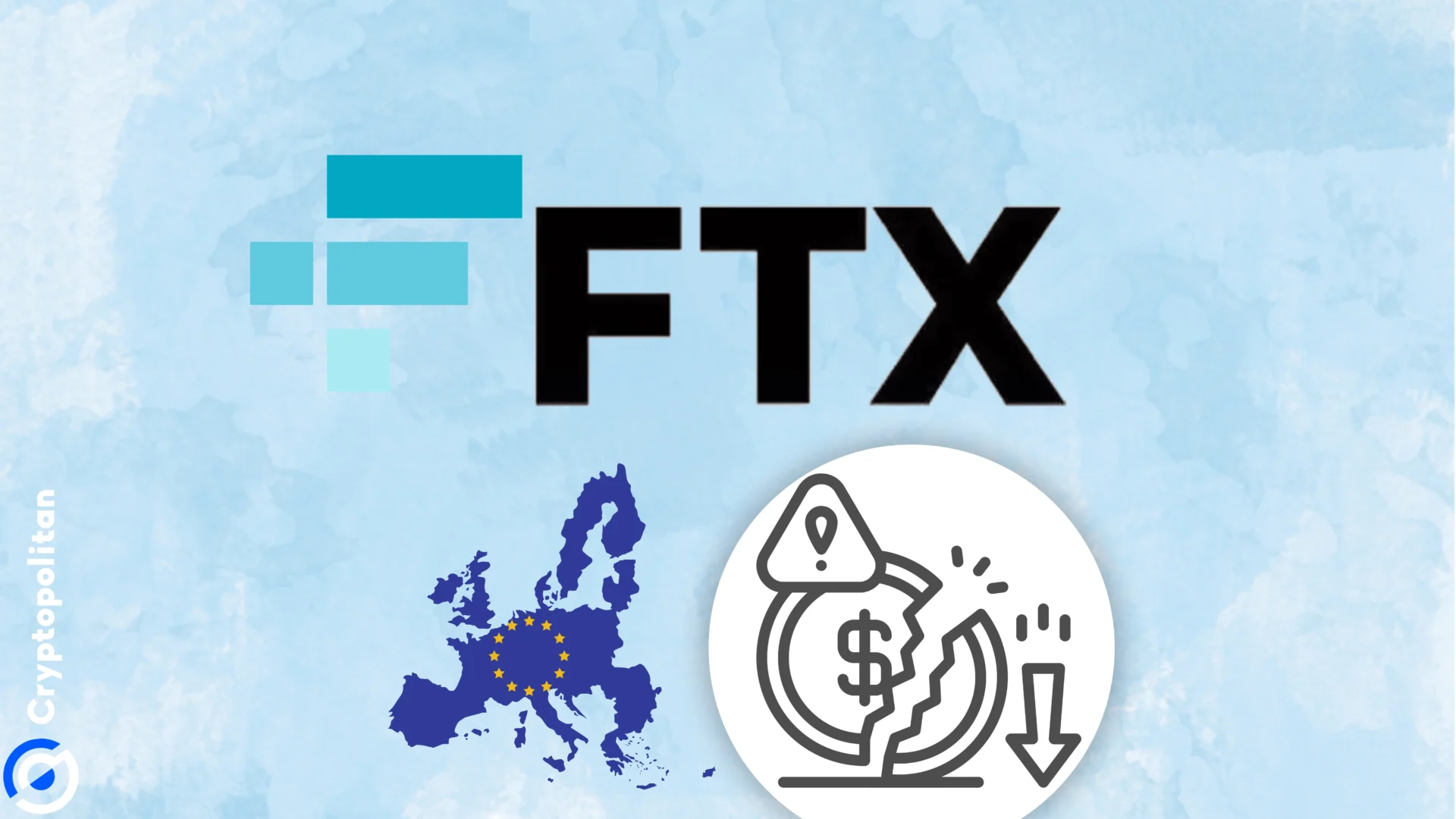Euro area creditors of the FTX exchange will receive repayment in euros, based on prices at the time the exchange closed in 2022. The repayment will include processing fees of up to 30%.
FTX has sent out a repayment schedule email to EU creditors, showing the expected compensation rates. The repayments will start after a green light from the Cyprus Securities and Exchange Commission, which will allow the unlocking of client accounts and the beginning of repayments.
According to plans, some of the earliest repayments may start on Monday next week. EU users can already log into a dedicated portal to check their remaining balances. The compensation will also include a degree of currency risk when calculating the exact payment in euros.
The actual transfers will await the repayment of court fees and other expenses. Traders will receive their balances nearly two years after the collapse of FTX. During that time, some of the assets held changed prices significantly, especially Bitcoin (BTC) and Ethereum (ETH).
In addition to legitimate emails and messages to EU holders, the FTX bankruptcy has also reawakened phishing scams. Emails calling for the connection of a wallet or any form of private settlement or transaction have been circulating, potentially trying to distribute malicious links or wallet drainers.
FTX set out discounted prices for 100% position repayment
FTX itself benefitted from the bull market while it liquidated some of its positions. This has allowed the exchange to compensate most of its creditors for their positions. Yet the crypto prices proposed have a clear disparity with the market rate.
BTC holders will be repaid at $16,486.31, while ETH will be compensated at $1,241.45. SOL holders will be repaid at a rate of $15.11 even though the current price is nearly 10X the compensation.
The defunct exchange affected a mix of top depositors and retail users. Some of the top accounts held more than $221M on the exchange, with more than $1.2B held in the top five accounts. There are also rumors some accounts may not have sufficient information for their holdings.
FTX compensation turns positive for riskier tokens
The FTX bankruptcy wallet was still depositing assets to exchanges in the past few weeks. The latest deposit was for Chainlink (LINK), with other smaller amounts liquidated ahead of the repayments. In the years since the bankruptcy, FTX managed to sell most of its assets, helping it retain sufficient fiat funds for repayment.
The risk profile of FTX meant the exchange onboarded multiple volatile assets, which were hotter in 2022 compared to their current status.
Among the rare winners are all Serum (SRM) holders, who will receive $0.19 per SRM, while the asset trades at only $0.03. SushiSwap (SUSHI) holders will also get back $1.11 per token, which currently trades at $0.76.
ApeCoin (APE) holders will receive a compensation of $2.88, while the asset trades at $0.68. EnjinCoin (ENJ) recipients will gain $0.33 in compensation, to a $0.15 current market price.
FTX will compensate for Polygon (POL, MATIC) at $0.85, while the asset slid for a long time to $0.37. For Litecoin (LTC) users, the compensation price of $58 is relatively close to the current price range.
FTT token rallies based on hope
One of the paradoxes of the FTX bankruptcy is the still-active FTT token. The asset has both on-chain activity and trading.
Recently, FTX continued to rally, gaining up to 50% overnight on rumors of imminent repayments. FTT is up to $2.41, after launching from lows of $1.41 at the end of September. FTT is still listed on Binance, though tagged for cautious trading. The asset has drifted near its lower range, far from peak prices above $77.
In the past years, FTT had several similar breakouts due to its low-volume pairings. Currently, the asset rallies with extremely small market depth and may crash to a lower baseline.
The actual funds to be paid out may be closer to $12B, though the whole disbursement will also include fees and expenses for a total of over $16B. According to previous calculations, FTX may actually own more in bankruptcy fees than in making some of its creditors whole. For the two years of the process, the bankruptcy fees to trusted third parties can be as high as $1.45B.
Cryptopolitan reporting by Hristina Vasileva.





